From world-renowned wine and gastronomy, to stunning natural beauty and vibrant history with a culture all its own, there is plenty to see in this elegant region of northern Italy. This guide spotlights 14 fun things to do in Piedmont Italy, to help you make the most of your stay.
Jump to:
- Explore the Cultural Capital of Turin
- Stroll the Villages of Piedmont’s Wine Region
- Taste Piedmont’s World-Famous Wines
- Go Back in Time at the Savoy Palaces
- Sample Traditional Piedmontese Cuisine
- Attend a Juventus Game
- Join a Truffle Hunt
- Soak Up the Sun in the Italian Lake District
- Climb the Hilltops to the Sacra di San Michele
- Visit Italy’s Oldest National Park
- Tour the Largest Alpine Fortress in Europe
- Day Trip to Medieval Saluzzo
- Attend the Battle of the Oranges in Ivrea
- Cheer on the Palio di Asti
Explore the Cultural Capital of Turin

Turin, the capital of the Piedmont region, is an important commercial and cultural center that is often overlooked by the tourist circuit. In our opinion, Turin is one of the most under-rated Italian cities. It’s clean, easy to get around, and the subtle French influence has created a unique culture that is distinctly Torino.
We recommend spending at least a few days in Turin, to adequately explore this bustling metropolis. However, those with limited time can see the main highlights in one full day.
Walk the stately arcades of Via Roma, from Piazza Carlo Felice northeast to Piazza San Carlo. From here, you’re in a short walking distance of the Palazzo Reale (a must! more on that below), along with the royal museums, royal gardens, and royal library.

Across the street is the Cattedrale di San Giovanni Battista, which houses the famous Shroud of Turin. While the shroud is not frequently on public display, a stand-in altar tells the story along with a replica. It’s still enough to draw a steady stream of pilgrims to pray at the site.
Other top sights include the Museo Egizio (the largest collection of Egyptian artifacts outside Egypt) and the Teatro Regio opera house.
For the iconic Turin viewpoint, head across the river to Turin City View Point (directions). This city skyline panorama, with the Mole Antonelliana dominating against the backdrop of the Alps, is the quintessential photo op.
Parco del Valentino, a sprawling riverfront park, even includes Borgo Medievale, a 19th-century reproduction of a working medieval village that’s interesting to all ages.
If you have more time to explore, you can check out Porta Palazzo (the largest open-air market in Europe), the Museo Nazionale dell’Automobile (with a large homage to hometown Fiat), or even the Museo Lavazza (museum of the famed coffee producer).
Stroll the Villages of Piedmont’s Wine Region
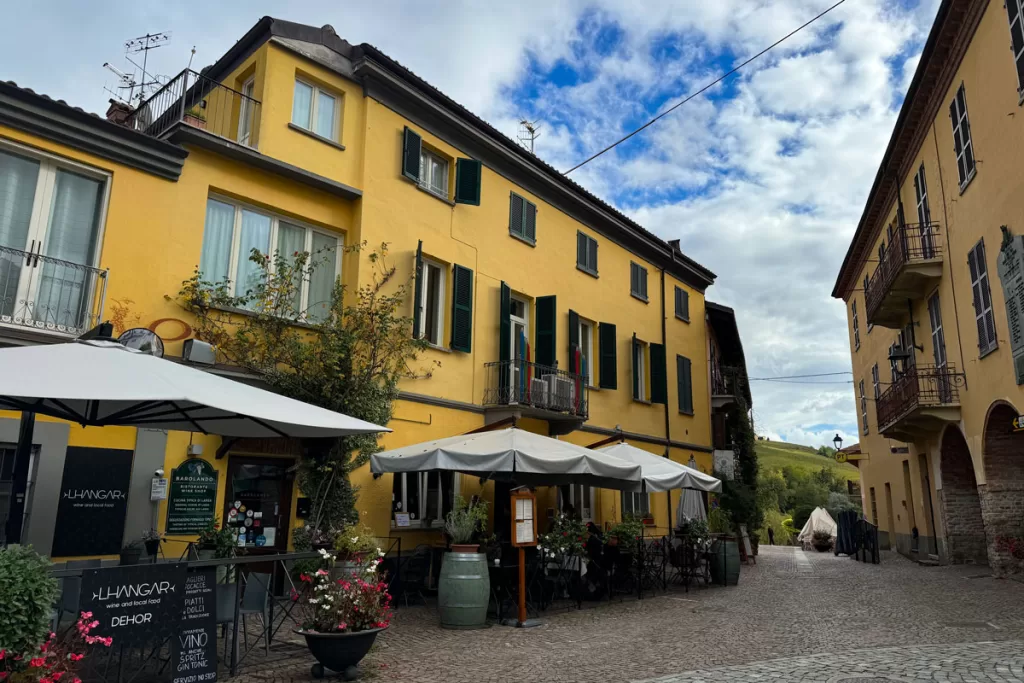
Piedmont’s wine region is just as dreamy as the more heavily-touristed Tuscany (if not more so, in our opinion). Quaint medieval hilltop towns dot the hillsides, as lush vineyards slope endlessly to the horizon.
The wine region is only an hour’s drive from Turin, making it easily accessible as a day trip. Although enjoying 2-3 languid days in the region is never a bad idea!
One of the most touristed towns is Barolo (namesake of the region’s top varietal), but La Morra is a great alternative if you want to avoid the crowds. For Tuscan hilltop vibes, head to Castiglione Falletto, or enjoy the picturesque charm of tiny Neive or Monforte d’Alba.
For a more in-depth look at each village, you can check out our guide to the best towns in Piedmont.
Taste Piedmont’s World-Famous Wines
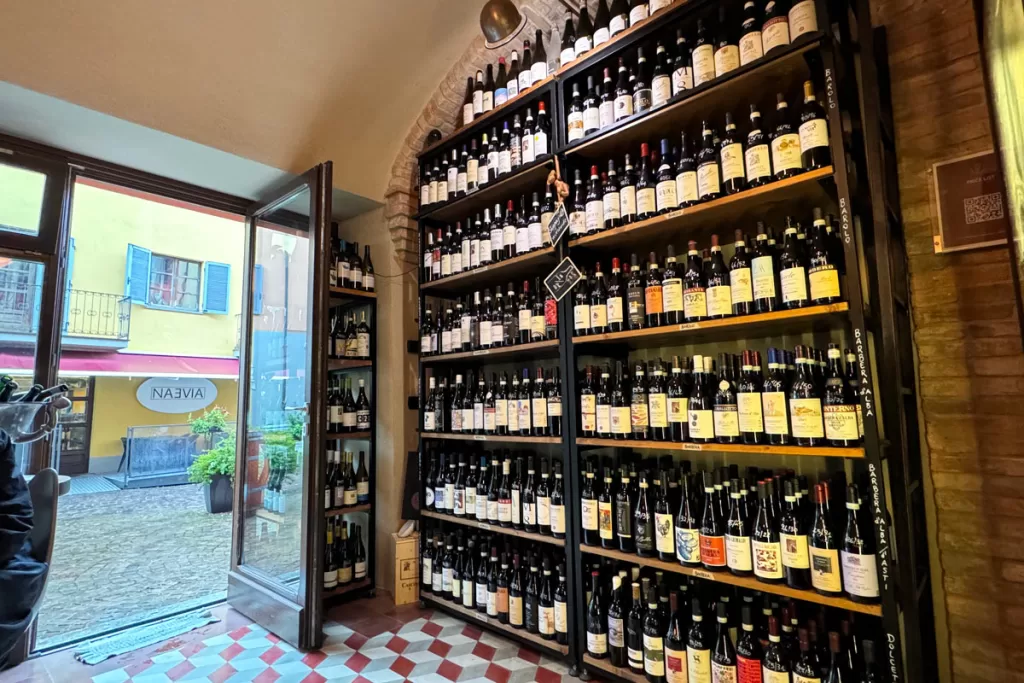
The Piemontese are extraordinarily prideful of their region’s wines, and for good reason. Piedmont wines are some of the highest rated in the world, with velvety smooth expressions that typically have a bit more fruit than the dry, bold Tuscan varietals.
No matter where you are in Piedmont, you’ll inevitably find a charming wine bar serving up the local specialties.
Barolo is the most renowned wine from the region (and usually the most expensive). Barbaresco and Nebbiolo stem from the same grape as Barolo, but because their designation isn’t as strict, they’re more reasonably priced. Barbera typically has a bit more fruit, while those who like dry red wines should opt for Dolcetto.
And while Piedmont is renowned for its reds, you’ll still find distinctive local white wines in Arneis or Erbaluce. Lastly, lovers of sweet and sparkling varieties should look for Moscato and any type of spumante, which typically hail from the sub-region of Asti.
Go Back in Time at the Savoy Palaces
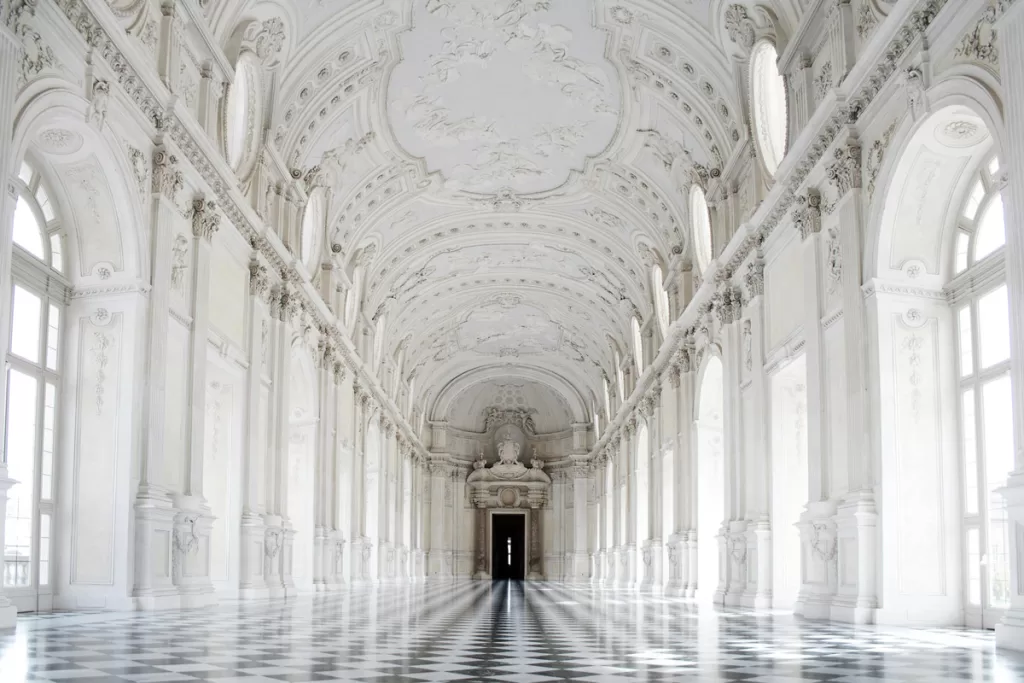
The House of Savoy, which ruled for nearly a thousand years, has left an indelible mark on the region, with over 20 palaces and castles throughout Piedmont. Now UNESCO World Heritage Sites and all open to the public, you can play king or queen for the day at one of these opulent residences.
Palazzo Reale, in the heart of Turin, was the family’s primary residence and is a dazzling display of the Savoy family’s wealth. The Royal Armory, or Armeria Reale, is particularly stunning.
Palazzo di Venaria Reale, in the suburbs of Turin, is one of the more popular palaces to visit. You can easily pass 2-3 hours touring its stunning architecture and elaborate gardens. And if you choose to extend your day trip, the town of Venaria, abutting the palace grounds, has a lovely half-kilometer promenade of shops and restaurants. They also host a sprawling farmer’s market on Saturdays.
Additionally, Palazzina di Caccia Stupinigi is a spectacularly ornate hunting lodge dating back to the early 1700s. The grounds are extensive, and are also now home to the Museo di Arte e Ammobiliamento. This museum of art and furniture spotlights regional pieces, including multiple furnishings that date back to the palazzina’s origins.
Sample Traditional Piedmontese Cuisine
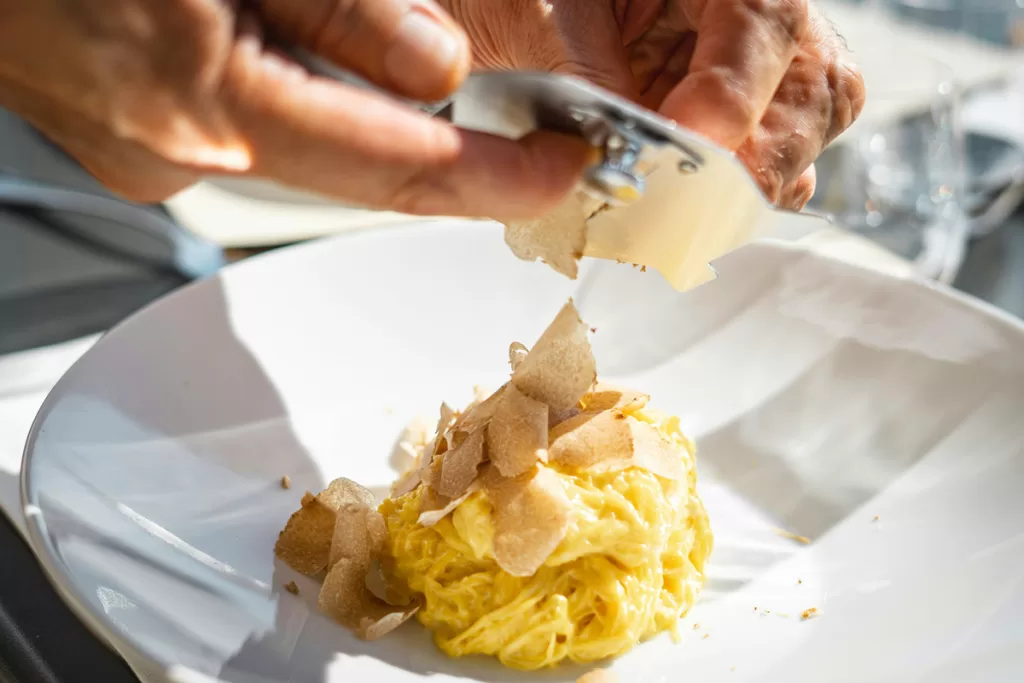
Piedmont is a gastronomic delight, with its own unique flavors that reflect the region’s proximity to the Alps. In this northern Italian region, food is hearty and frequently meat-centric, to sustain you through the cold winters.
You’ll find classic Piedmontese cuisine wherever you go, but some particular dishes to look out for include:
- Tajarin pasta: long, thin noodles similar to tagliatelle. Typically served with meat ragu.
- Agnolotti: stuffed little pillows of pasta, frequently filled with meat (but vegetarian options are plentiful too).
- Risotto: while this rice dish may have originated in Lombardy, it’s such a staple that Piedmont claims ownership as well. You can choose from standard creamy risotto (often with mushrooms or truffles), or even al Barolo, with the local red wine.
- Truffles: found in the forests throughout Piedmont, the local truffles are world-renowned and incorporated into nearly every menu in the region. While the rarer white truffle comes with a hefty price tag, black truffles are more reasonable. (You can also read more about truffle hunting in Piedmont below).
- Vitello tonnato: a classic cold appetizer in Piedmont. Thin slices of boiled veal are served with a salty blended sauce of tuna, anchovies, eggs, and capers.
- Bagna cauda: a warm sauce of garlic, anchovy, and olive oil that heats any dish during the cold months.
- Gianduja: more simply, chocolate blended with hazelnuts. It’s the ubiquitous dessert in Turin, dating back to Napoleonic times.
- Bicern: the local coffee drink, infused with espresso, chocolate, and milk, served hot and often with a dollop of cream and chocolate shavings. It’s a warming treat that goes down way too easily.
Attend a Juventus Game
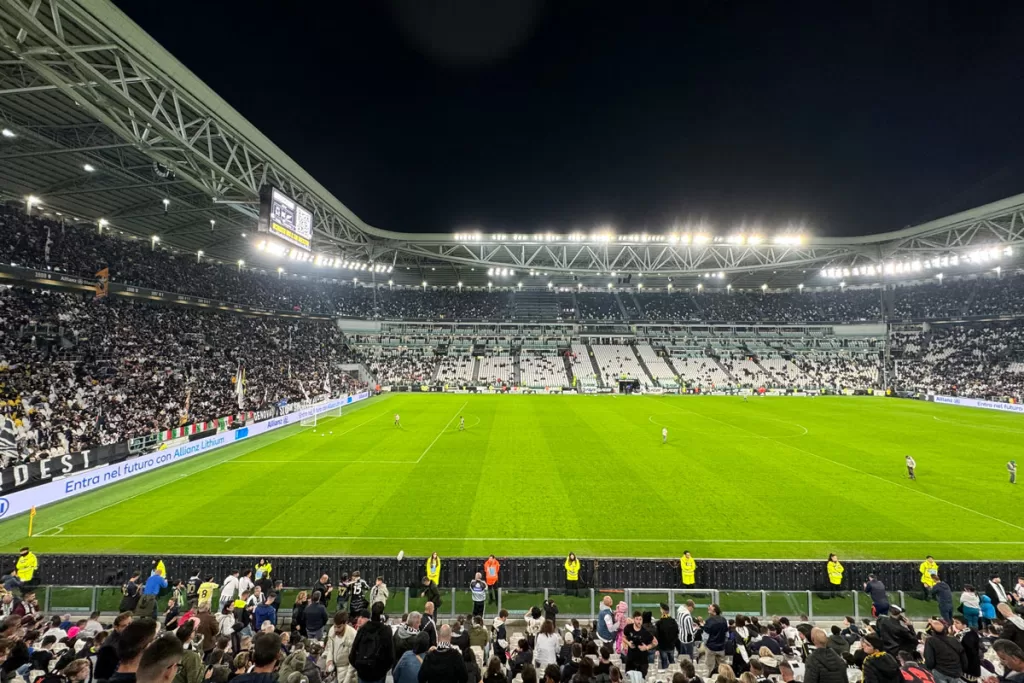
Turin is the home of Juventus, one of the premier teams in Italy’s Serie A football league. Attending a home game at Allianz Stadium, surrounded by Juventus’ diehard faithful, is always a memorable experience.
You can purchase tickets at the official Juventus website, but know that it can be challenging to get seats to in-demand games against top rivals.
If you’re hoping to attend a game against a big opponent, it’s worth it to sign up for a membership. You’ll have to bite the annual fee (starting at €50), but you’ll have priority ticket access as a result.
Join a Truffle Hunt

Piedmont is a world-famous destination for truffle hunting, and even amateurs can tag along on a hunt. You’ll search the hills and woodlands of Piedmont with experienced truffle hunters and their dogs (who, frankly, deserve all the credit for what they find!).
Alba is beating heart of the truffle industry, and many guides operate out of the surrounding environs. However, Asti has also made a little name for itself, with its own truffle fair that feels a bit more local than Alba’s internationally-acclaimed White Truffle Fair.
There are enough truffle hunting tours offered online to make your eyes cross. Truffle Hunting Alba is one of the bigger ones, with multiple itinerary options. You can also ask your hotel for local recommendations close to wherever you’re staying.
Soak Up the Sun in the Italian Lake District
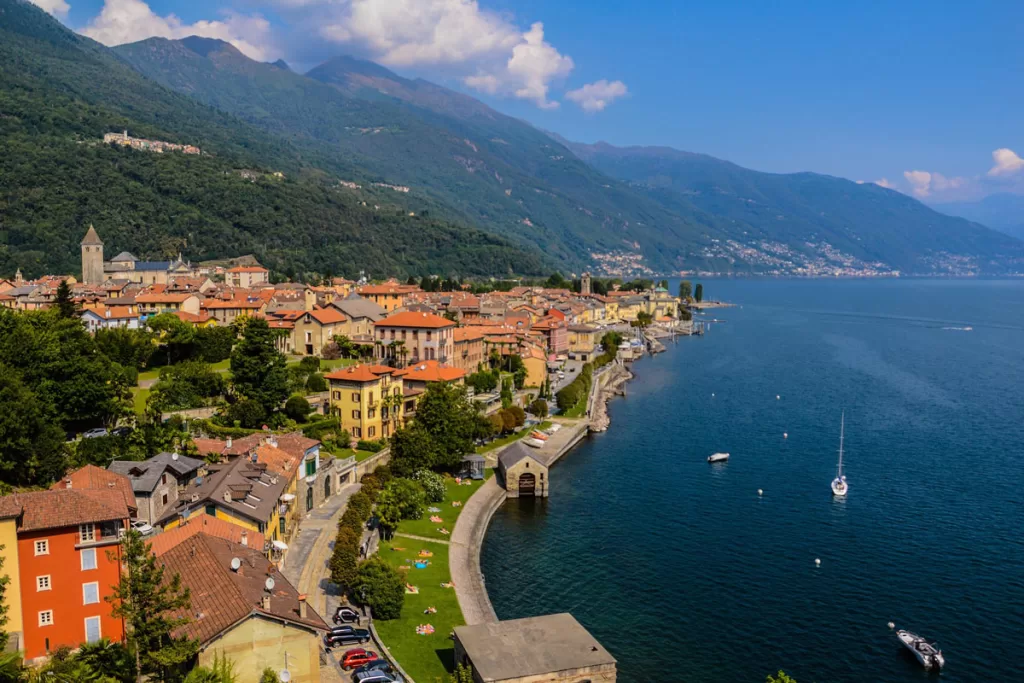
Italy’s acclaimed Lake District straddles the provinces of Lombardy and Piedmont, with both Lago d’Orta and Lago Maggiore sitting within the latter.
Lago d’Orta, one of the smaller lakes in the region, is ideal for those who wish to escape the crowds. Here, languid days pass in a hazy dream, with all of the standard lake activities (boating, swimming, lounging) at your fingertips.
Orta San Giulio is one of the primary towns along Lago d’Orta, and its pedestrian-only streets make for a delightful stroll, gelato in hand. You’ll also want to take a boat out to Isola di San Giulio, the island in the center of the lake that houses a still-operational Benedictine monastery and the Basilica of San Giulio.
For a larger lake, head to Lago Maggiore, which rivals Como in popularity. The shoreline is nearly 200 km around (!), providing ample opportunity for sun-drenched activities along its shores.
Stresa is one of the more populated towns on Maggiore, and is a good home base during your time here. Meanwhile, quaint Cannobio is the last town before the Swiss border and makes a serene day trip.
Climb the Hilltops to the Sacra di San Michele
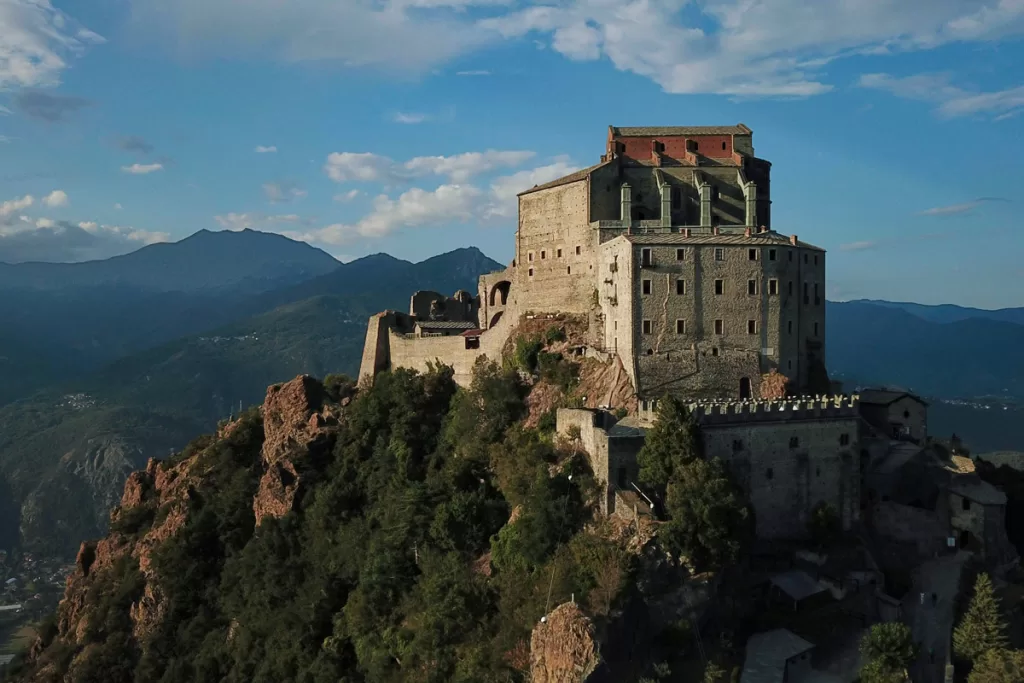
This Benedictine abbey, dating back to 983 AD, is perched (seemingly precariously) atop Mount Pirchiriano. It’s a fascinating feat of engineering for a structure so old, and has attracted centuries of pilgrims. It’s also the source of inspiration for Umberto Eco’s best-selling “Il Nome della Rosa” (“The Name of the Rose”).
While here, you’ll be able to climb the towers for a stunning view of the Val di Susa and distant Turin. The 12th century on-site church also serves as the final resting place of members of the House of Savoy.
Visit Italy’s Oldest National Park
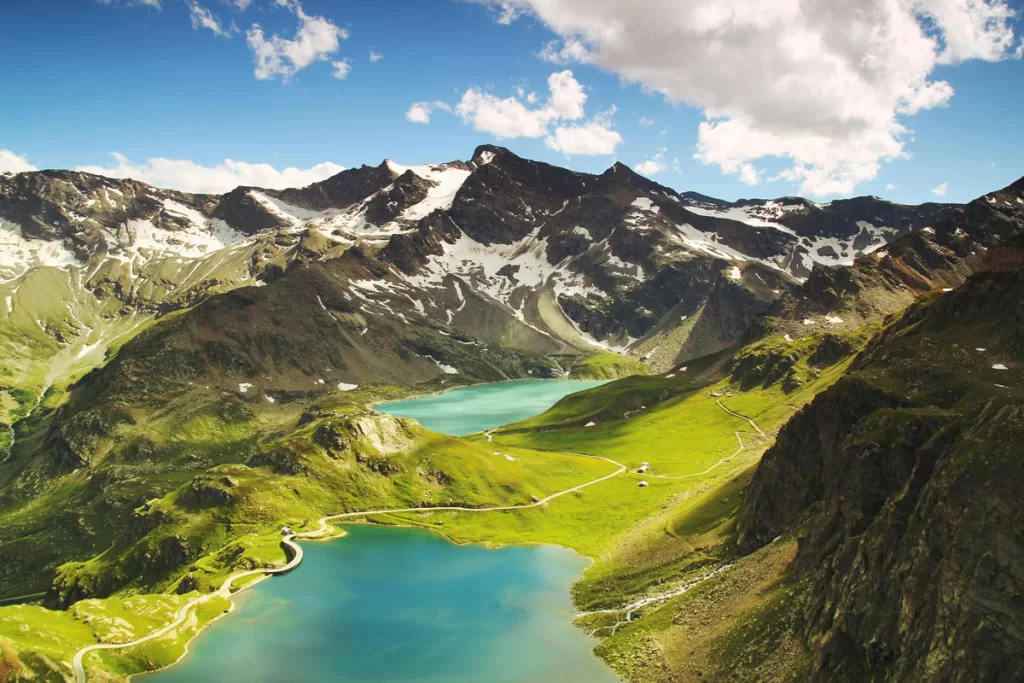
Gran Paradiso National Park, founded in 1922, is Italy’s oldest national park and remains one of its most scenic. Park lands spill across both Piedmont and Aosta Valley, providing ample space to roam.
On the Piedmont side, it’s easiest to enter the park via Locana Valley. The 25-km Colle del Nivolet takes you to one of the highest mountain passes in the Alps, while the nearby scenic drive of Lago di Ceresole leads to the dazzling Lake Ceresole. There are also multiple hiking trails branching out from the shores of the lake.
(If you choose to continue on to the Aosta Valley side, you’ll want to prioritize Valnontey valley for spectacular views, hike to the famous Lillaz Waterfalls, and visit the charming town of Cogne.)
Tour the Largest Alpine Fortress in Europe

Fenestrelle Fortress, built by the House of Savoy in the 1700s to defend against the French, is the largest alpine fortress in Europe.
The compound is truly massive, with three fortified complexes and sprawling stone walls snaking vertically up the surrounding hillsides.
You can choose from guided tours lasting either 1, 3, or 7 hours. The 7-hour tour encompasses a hike through the surrounding woodlands.
Day Trip to Medieval Saluzzo
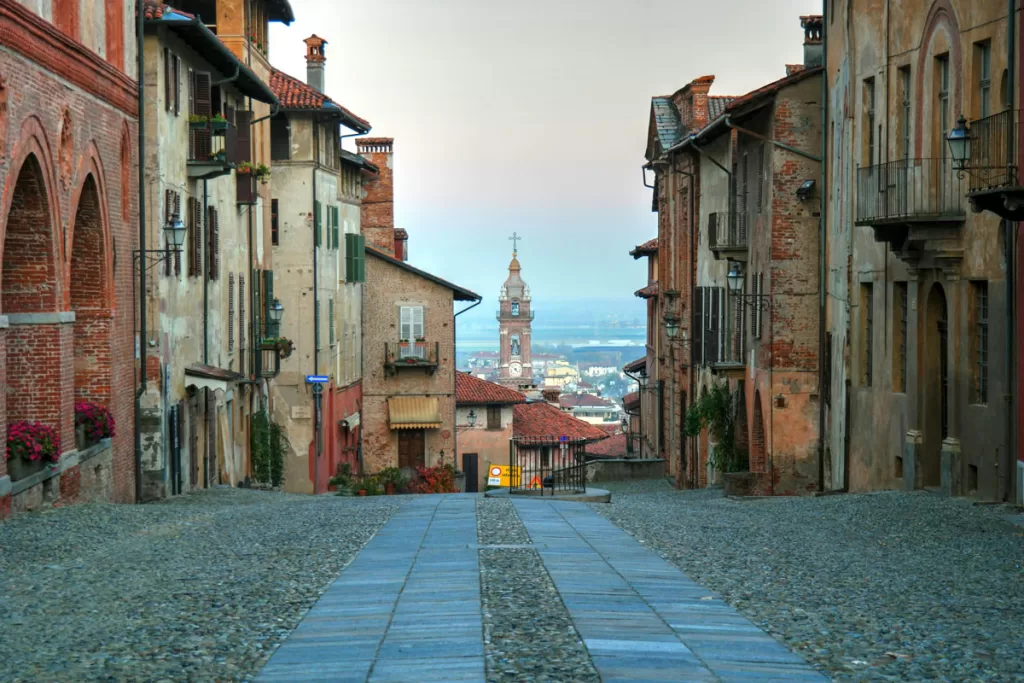
The old city center of this tiny, hilltop village has been largely preserved as it’s stood since the 1400s. It’s a veritable step back in time, that makes Saluzzo a fascinating day trip for history buffs.
Head to the Centro Medievale, or medieval center, where you’ll find cobblestoned streets winding among stately old churches and palaces.
Some of the top sites to explore include Cattedrale Maria Vergine Assunta (Cathedral of the Assumption), the civic tower, and Church of San Giovanni just beyond. La Castiglia, the old fortress that looms large over the old town, provides a fascinating glimpse into the local history.
You’ll also want to check off Piazza Mondagli and Piazza Castello, along with Casa Cavassa, a 15th century home that is now the town’s Civic Museum.
Once your explorations have worked up an appetite, be sure to sample the local Alpine cheeses and “white hen” to round out your peek into authentic Saluzzo.
Saluzzo is just an hour drive from Turin, or about 1.5 hours on public transit.
Attend the Battle of the Oranges in Ivrea
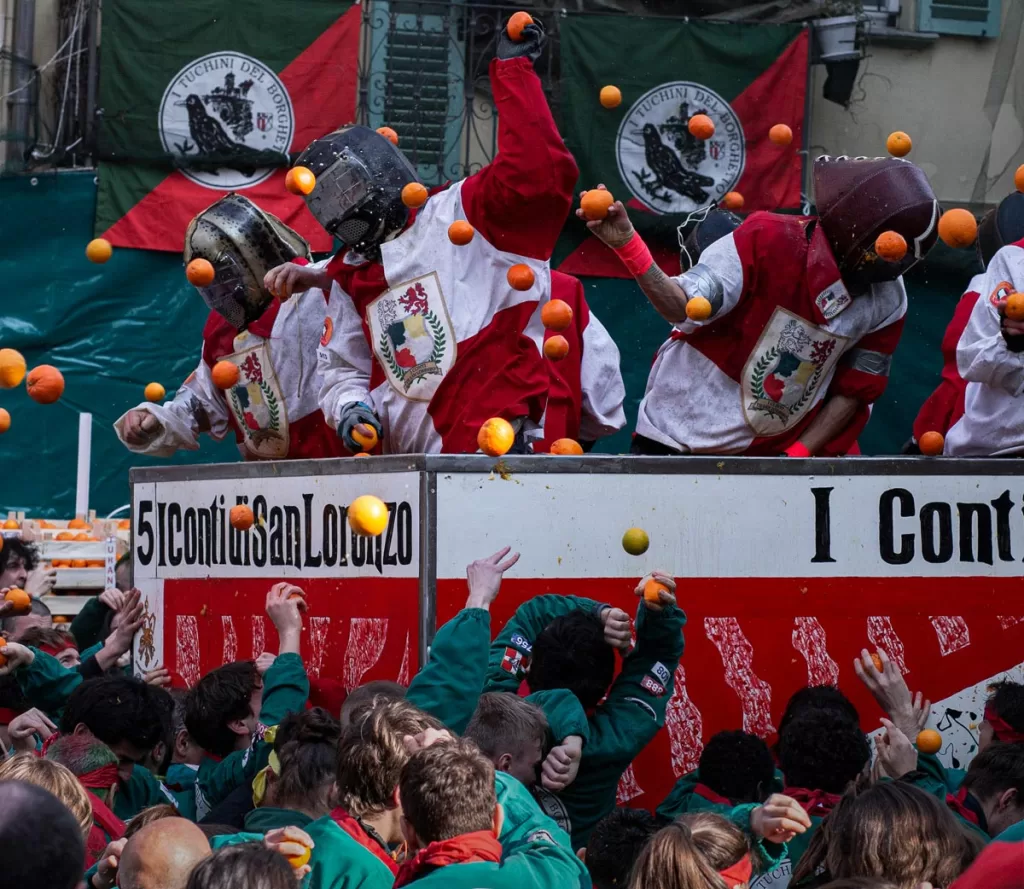
You’ve heard of La Tomatina in Valencia, Spain, but fewer people know about the wacky Battle of the Oranges in Ivrea, Piedmont.
As part of the larger Carnival celebrations (taking place every February or March, depending on the year), the Battle of the Oranges dates back centuries, and is dubbed the “largest food fight in Italy and surrounding countries.”
Each year, thousands of citizens are divided into nine combat teams, and proceed to chuck oranges at each other until a winner emerges, bruised and battered.
Even if you aren’t visiting during the Battle of the Oranges, Ivrea is a delightfully livable city and worthy of a stop.
Walk the riverfront, tour the medieval Castello Sabaudo, and enjoy a peek into a “real” Piedmont city without tourists. A local recommended Aquila Nera restaurant to us for their locally famous pizza, and it did not disappoint.
Cheer On the Palio di Asti
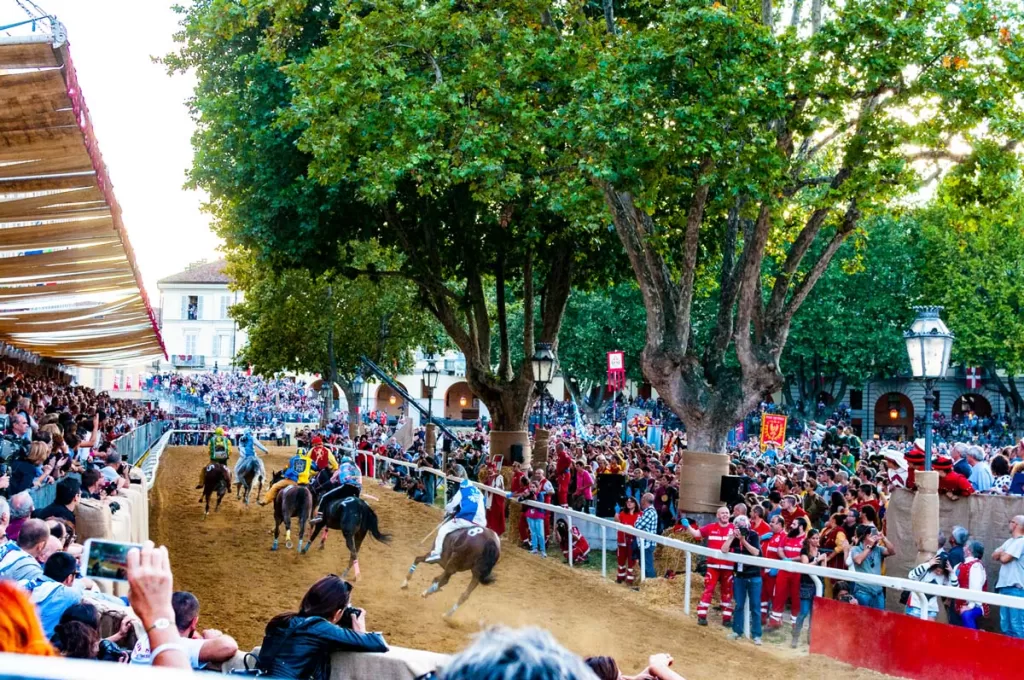
Siena may be famous for its Palio, but the Palio di Asti is even older. As the oldest recorded horse race in Italy, neighborhoods have been racing their horses through the town since 1275.
Nowadays, the race is held in the Piazza Alfieri, rather than the narrow streets of old. But it remains a full-fledged celebration of medieval pageantry, with colorful banners, a costumed parade with traditional attire and fanfare, and the same neighborhoods submitting a horse and jockey to the race, as they’ve been doing for nearly 800 years.
The Asti Palio takes place the first Sunday of September each year.
